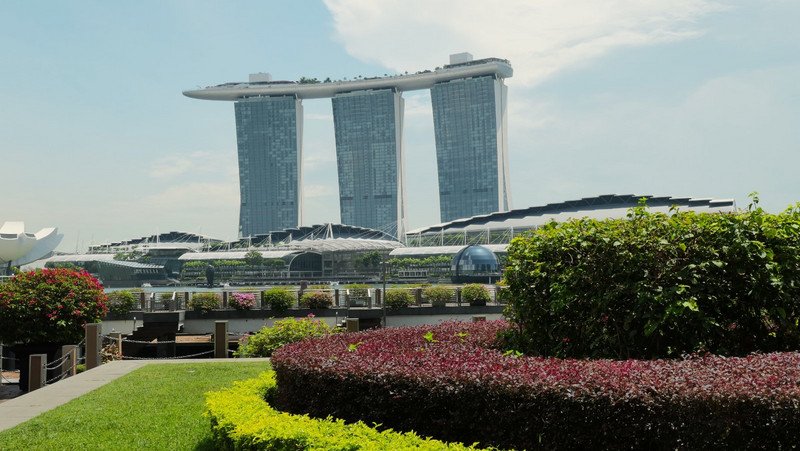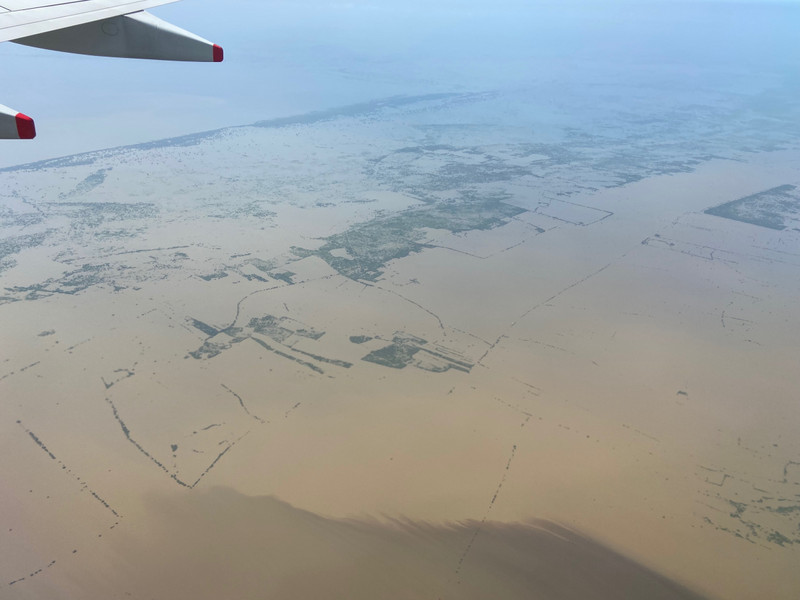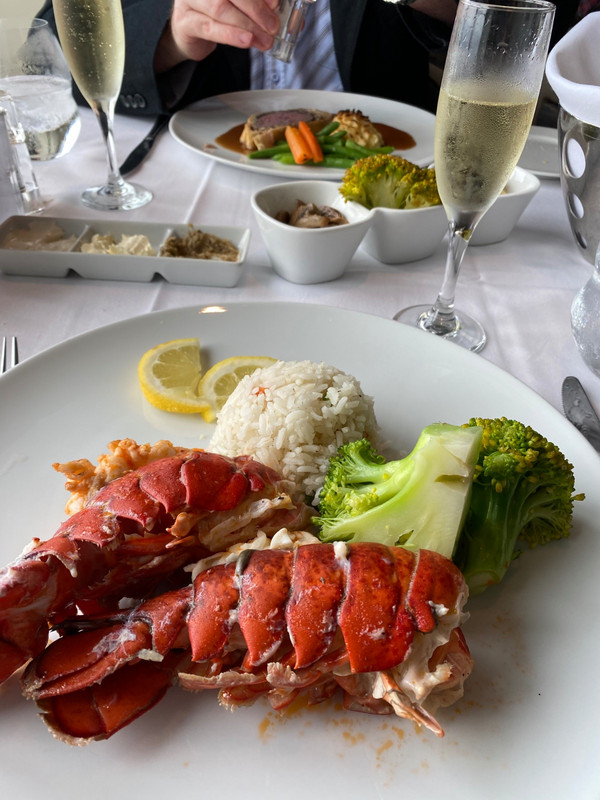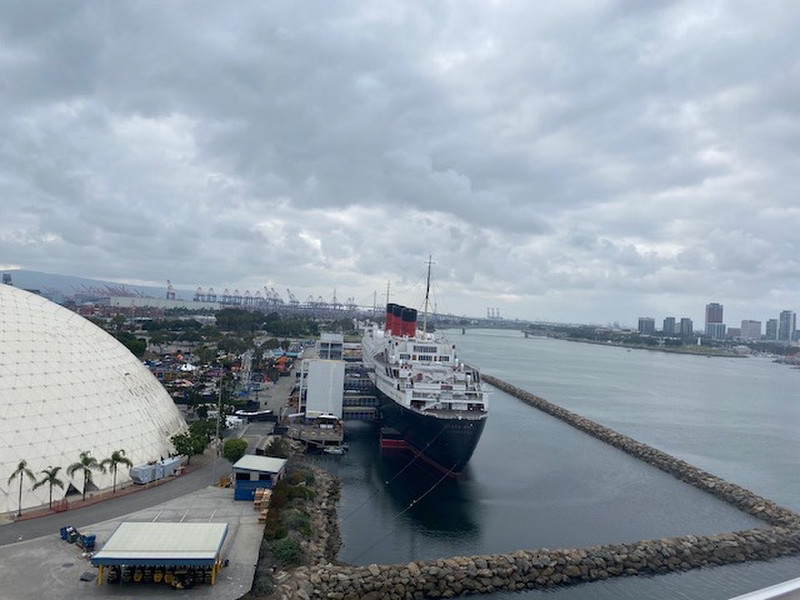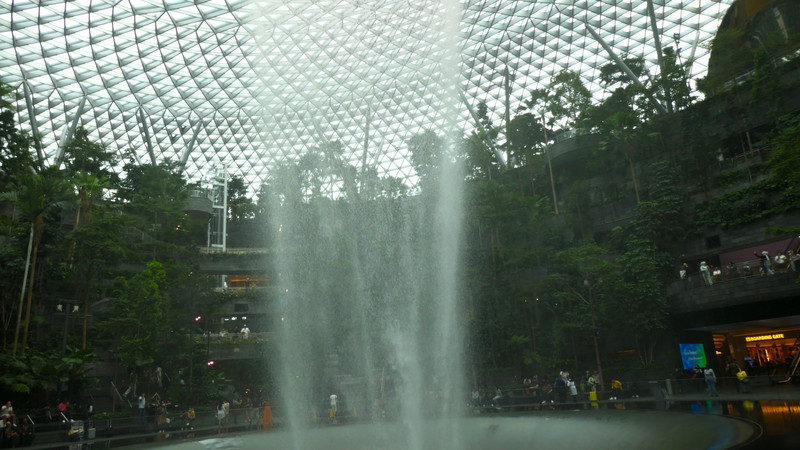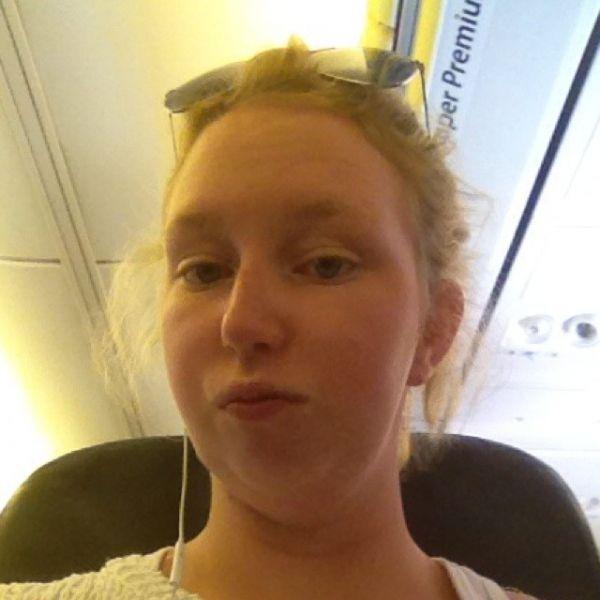St. Basils Cathedral. Built in Red Square. At the S. end of the square is the Cathedral of St. Basil, or Vasili Blazhnni Cathedral, more properly called the Cathedral of the Virgin Protectress and Intercessor (Покровский Собборъ Василия Блаженнаго), a building of very singular appearance, begun by Ivan the Terrible in 1554 from plans by the Russian masters Barma and Postnik, the conquest of Kazan. It was consecrated in 1557, but was not until 1679. In 1812 the church was plundered by the French and used by them as a stable, but in it was restored in its original form. It consists of eleven small, dark chapels, arranged in two stories, in a most extraordinary agglomeration. The building is surmounted by a dozen domes and spires, painted in all the colours of the rainbow, and of the most varied forms. Some of them are shaped like bulbs or some are twisted in strange spirals, some are serrated, some covered with facets or scales. All of them bulge out over their supporting drums and are crowned by massive crosses. The decoration, in which numerous Renaissance details may be detected, is of the most exuberant character. The whole effect is quaint and fantastic in the 1914. EE1975081p1a
An Aeroflot flight brought us from Leningrad to Moscow. We stayed at an Intourist hotel. Sightseeing in Moscow focused on Red Square and the Kremlin. Id always waned to see St. Basils Cathedral since reading about it in a vintage National Geographic magazine. There was also a visit to the famous GUM (Gosudarstvennyi Universalnyy Magazin) store off Red Square. GUM was described in the West as a department store, but the structure, opened in 1893, was really more of what I would call a shopping arcade. In 1914 Baedeker called it the Trading Rows a translation of its name in times. We saw Lenins mausoleum on Red Square, for which there was a long queue. There were also visits to Moscow State University and to the VDNKh (Exhibition of Achievements of the National Economy). In 1975, the Soviet space exploration exhibits were at the VDNKh. A very interesting item on display was a Soviet satellite photo of the Los Angeles basin. Our visit here was just days after the docking mission and there was much interest in and optimism about cooperation in space exploration.
Spasskaya Tower (Спасская башня). Built in 1491. The main gate to the Kremlin. From the Krasnaya Ploshtchad or Red Square we enter the Kremlin by the Spasskiya Gate or Gate of the Redeemer (Спасския Ворбта), a 205 ft. in height, surmounted by the Russian eagle. The lower part of the tower was built by Pietro Antonio of Milan in 1491: the belfry was added by the English architect Galloway in 1626; the present clock dates from 1914. EE1975085p1a
the Voronezh Russian Folk Choir in a park. But the big event was seeing opera The Tsars Bride at the Kremlin Palace of Congresses within the Kremlin. The performance was given by the Novosibirsk Opera on tour. A grand buffet dinner was laid out on the top floor of the theatre. A bit of adventure was taking a public bus back to the hotel after the performance. There was also a concert at Tchaikovsky Hall, but I recall less about that event than the other two.
Time was allocated for shopping. Most of this was done at the Beryozka stores. The Beryozka stores traded in foreign currency and accepted credit cards. They were principally used by visitors as souvenir shops, but Soviet citizens with access to foreign currency could shop there for selected consumer goods. I found a good supply of Soviet LP recordings of Russian classical music on the Melodiya label at one such store. A work colleague had asked me to look for recordings of Russian operas. I found some at a regular department store. A curious item to note was that as I tried to get across to store clerk what I wanted, many
Vodovzvodnaya Tower (Водовзводная башня) and the Kremlin embankment along the Moscow River.

